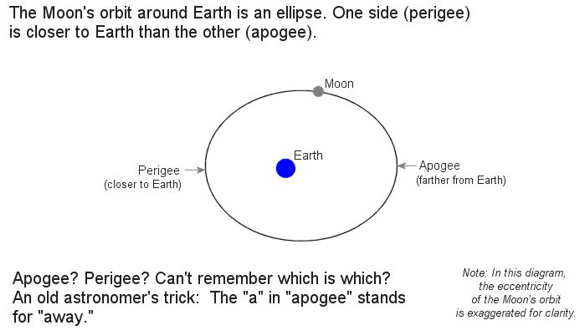Did You Know?
Why Earth Day is celebrated on the 22nd of April?
You can read all about it here but the short of it is, “The date stems from an earlier observance, Arbor Day. And the date of Arbor Day was set due to the birthday of J. Sterling Morton, a Nebraska pioneer and journalist, who launched the first Arbor Day in 1872.”
Why last night’s full moon was the smallest of the year?
According to Earth Sky- This full moon comes less than one day after reaching lunar apogee, the moon’s farthest point in its monthly orbit. It lies some 30 thousand miles (50 thousand km) farther from Earth than 2016’s closest full moon – a supermoon – due on November 14.
Every year has a closest full moon, and a farthest full moon. The mini-moon often returns about one month and 18 days later with each passing year, meaning that, in 2017, the year’s smallest full moon will come on June 9.
In 2018, the year’s smallest full moon will fall on July 27; and in 2019, the smallest full moon will occur on September 14. The micro-moon or mini-moon frequently recurs in periods of 14 lunar months (14 returns to full moon).
Every month for the next seven months, the full moon will come closer and closer to Earth until the November 14 supermoon, closest full moon of the year.
That November full moon will be the year’s biggest and brightest moon, only 221,524 miles (356,509 km) away. That’s in contrast to the moon’s mean distance from Earth of about 384,400 kilometers (238,855 miles).
In fact, the November 14, 2016, supermoon will be closer to Earth than the moon has been thus far in the 21st century (2001-2100). The moon won’t come so close again until the full moon of November 25, 2034.
But it’s the December, 2052, full moon that’ll outdo them all. It’ll stage the closest and largest supermoon of the 21st century (2001 to 2100).


Leave a Reply
You must be logged in to post a comment.